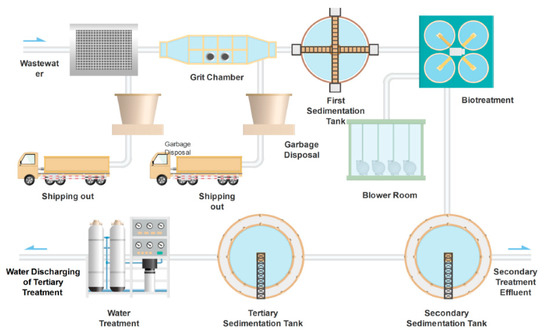Getting The Well Water Filtration And Softening System To Work
Table of ContentsThe Basic Principles Of Well Water Filtration And Softening System 8 Simple Techniques For Well Water Filtration And Softening SystemExamine This Report on Well Water Filtration And Softening SystemUnknown Facts About Well Water Filtration And Softening SystemAll about Well Water Filtration And Softening System
Below the water is carefully mixed by paddles in a flocculation container (Figure 5. 5) as well as the flocs enter into call with each various other to develop bigger flocs. The flocculation basin often has a number of compartments with lowering mixing rates as the water developments via the container (Figure 5.6(b)) for a number of hours for sedimentation to take place. The product accumulated at the end of the storage tank is called sludge; this is gotten rid of for disposal. 5.2. 5 Filtering, Purification is the procedure where solids are separated from a fluid. In water treatment, the solids that are not divided out in the sedimentation storage tank are eliminated by passing the water with beds of sand and also crushed rock.
5.2 (well water filtration and softening system). 6 Chlorination, After sedimentation, the water is decontaminated to eliminate any staying pathogenic micro-organisms. The most generally made use of disinfectant (the chemical made use of for sanitation) is chlorine, in the kind of a fluid (such as salt hypochlorite, Na, OCl) or a gas. It is relatively economical, and easy to make use of.
Everything about Well Water Filtration And Softening System
The quantity of chlorine left hereafter is called residual chlorine. well water filtration and softening system. This remains in the water all the means through the distribution system, shielding it from any kind of micro-organisms that may enter it, till the water reaches the customers. World Health And Wellness Company Standards (WHO, 2003) recommend a maximum residual chlorine of 5 mg l1 of water.
5 mg l1 of water after thirty minutes' contact time (WHO, n. d.). There are other ways of decontaminating water (e. g. by utilizing the gas ozone, or ultraviolet radiation) but these do not safeguard it from microbial contamination after it has actually left the water therapy plant. Following sanitation the treated water is pumped into the circulation system.
7 Supplementary treatment, Additional therapy may sometimes be required for the benefit of the populace. One such circumstances is the fluoridation of water, where fluoride is included in water. It has been mentioned by the World Health Organization that 'fluoridation of water products, where possible, is one of the most efficient public health and wellness step for the prevention of dental degeneration' (WHO, 2001).
The Best Strategy To Use For Well Water Filtration And Softening System

On the other hand, as you found out in Research study Session 2, in the Break Valley of Ethiopia, the water resources contain a greater concentration of fluoride than is desirable. Tekle-Haimanot et al. (1995) discovered that the level of fluoride in drinking water from deep wells there varied from 1. 5 to 36 mg l1.
5 mg l1. What does excess fluoride in the water result in? As pointed out in Research study Session 2, in kids it can cause bespeckling of teeth as well as prolonged exposure can trigger skeletal fluorosis and also debilitating. In such high-fluoride locations, elimination or decrease of fluoride (termed defluoridation) is important. The simplest means of doing this is to blend the high-fluoride water with water that has no (or extremely little) fluoride to make sure that the final combination is risk-free.
6 Simple Techniques For Well Water Filtration And Softening System
In the latter it is included in the incoming sewage, where it can assist negotiation of solids. The backwash from the sand filter is released right into the drain or returned to the river after negotiation of solids. Product packaging waste such More about the author as chemical drums can be returned to the supplier for reuse.
5.4 Sustainability and resilience in water treatment, In Study Session 4 you review some elements that can affect the sustainability of a water source. Lowering soil disintegration by growing trees and also preserving greenery can minimize the amount of silt that gathers in a storage tank and also lengthen its life.
Complicated systems should be stayed clear of and anywhere feasible locally readily available products should be utilized. If a coagulant is needed, the one that can be bought in-country will be more suitable to one that has actually to be imported. Water therapy plants eat power, and if this power can be supplied through eco-friendly sources (such as solar or wind) it will keep operating prices down and also improve sustainability.
Well Water Filtration And Softening System Things To Know Before You Buy
It can be hard to obtain spare parts, so there must be plans in position for procurement of substitutes. (These as well as various other management issues are the subject of the following research study session.) One more important aspect in sustainability is a reliable upkeep system, which requires preparation and also, notably, calls for well-trained as well as inspired personnel.

The standards for the water supply requirement of various categories of towns, shown in Table 5. 1, page may be used to approximate the minimum amount of water that should be provided for a provided population.